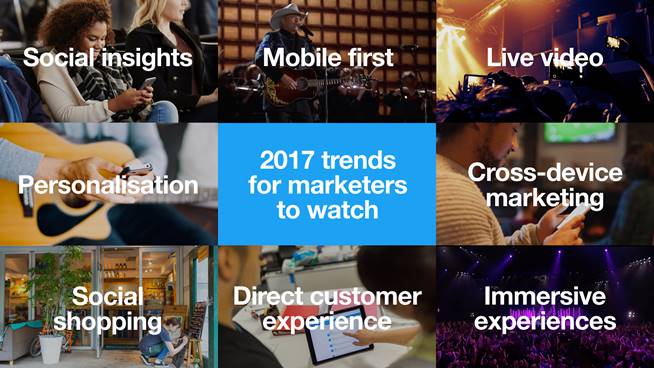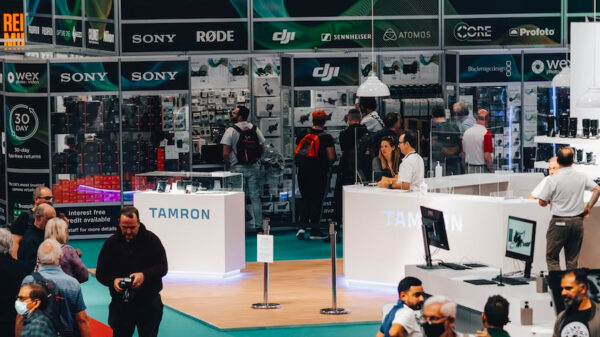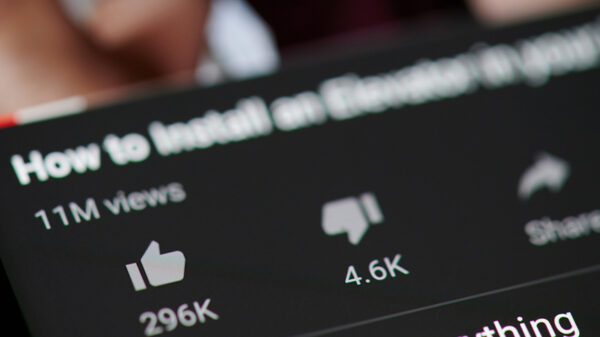According to Global Web Index (GWI), more than 50% of internet users today spend more than three hours a day connected, while more than 90% own a smartphone. Businesses need to battle with the onslaught of real-time information and distractions over what’s real and what’s not to reach, engage, and win over customers. The ability to capture and retain a customer’s shortening attention span is now more important than ever.
Twitter’s Managing Director for South East Asia and India, Maya Hari, shares the company’s insights on the trends guide on how businesses should navigate the complex marketing landscape in 2017.
1. Does your brand speak data?
Although many brands and businesses have adopted social media as part of their marketing strategy, the majority have neglected to leverage real-time social data analytics. In 2017, brands should leverage the full archive of public Twitter data, which has 10 years of conversations around almost any topic you can imagine. By analysing this rich data set, businesses can uncover key insights to make better decisions. Businesses can also better expect the unexpected and quantify outcomes through data patterns.
2. Is your brand mobile first?
Mobile is now — but brands are not ready. In APAC, 51% of internet users found mobile phones the most important vs. 26% who chose laptop (Source: GWI). Most people are viewing websites, reading email, and perusing social media on their mobile devices. In 2017, if you’re not catering your content, ads, and online experience to a mobile user, then you are missing a massive opportunity. Everything from your business website to email campaigns needs to be mobile-friendly.
3. What are people watching today?
Social video is experiencing massive popularity as a content marketing creative, and this growth is expected to continue in 2017. A June 2016 HubSpot survey shows that global internet users consume video thoroughly, versus simply skimming it, and that it’s the number one form of online content. Live video emerges as a next-level opportunity for exclusive, interactive content, turning social platforms into broadcast media. Platforms are making it easier to broadcast live through any smartphone. In 2017, be associated with the trendsetting brands experimenting with live video. This format tends to work best for content that is exclusive, newsworthy, or happening live at events such as CES or the Golden Globes, or content such as Q&A sessions that require live audience involvement. Visit our live video playbook to learn more about Twitter products and get advice for going live.
https://twitter.com/verge/status/814218981040979968
4. How can you humanise your brand?
In a world of too much content and not enough time, personalisation will be a huge win for brands looking to earn the attention of their consumers in 2017. Personalisation means segmenting your content to reach different types of audience members based on their preferences, interests, habits, etc. The most common form of this strategy is through lists, where certain content gets sent to certain types of users based on which lists they’ve opted into. A great example of personalisation took place during the 2016 India Premier League (IPL) by Kingfisher (@kingfisherworld).
https://twitter.com/kingfisherworld/status/731416119060353025
5. Are you reaching your customers at all touch points?
Increased personalisation goes hand in hand with cross-device marketing. Marketing efforts in 2017 need to address device preferences and cut across desktop, laptop, mobile, and TV. However, the multiple devices that people use on their path to purchase can make measuring the impact of a mobile ad campaign difficult. Businesses can leverage conversion lift reports to better understand the ROI on mobile campaigns. In beta, we saw that people who were exposed to ads driving website conversions on both mobile and desktop devices were 52% more likely to make purchases than people who were only exposed on desktop.
Recent research from social TV analytics company Canvs shows TV viewers who engage on Twitter have higher rates of ad recall. Canvs identifies the instances when a high percentage of Tweets about a TV program contain emotional reactions. During such programs, viewers are 48% more likely to recall an ad than those who watched programs that have a lower reaction rate.
6. Is social the next marketplace?
We are moving into an age where purchasing does not need to happen on a third-party site. Users are on a social platform, so why should they have to leave in order to buy something? In 2017, we expect social platforms will not be bound just to company-consumer conversation or attracting new prospects; instead, they will provide opportunities to improve conversion rates. Social platforms will work as new conversion channels and offer tools to convert prospects directly into buyers. The challenge for established brands is responding to these new models with digital transformation.
7. Call me @ maybe?
Anyone who’s spent 30 minutes on hold while trying to reach a company for customer service has thought “there must be a better way.” We have seen an increasing number of people who shared this sentiment turn to Twitter for a faster, more direct experience. According to McKinsey & Company (@McKinsey), the volume of Tweets targeted at brands and their Twitter service handles has grown 2.5 times in the past two years. Direct Messages on Twitter have enabled brands like Apple to have a dialogue with customers, resolving their issues while demonstrating their brand voice. In 2017 we expect more businesses to benefit from the combination of simple automation and human service in Direct Messages, which will make it easier to guide people to better customer service outcomes.
8. Does your brand aspire to be an innovation leader?
As brands continue to innovate on audience engagement, immersive experiences will grow in 2017. Expect content filmed at events to be taken to the next immersive level with 360-degree video thanks to consumer camera products becoming readily available and platforms like Periscope launching 360 video players.
Live 360 video is not just about taking you to places you’ve never been; it’s about connecting you with people and letting you experience something new with them. With these videos, the broadcaster anchors the experience so you can be present with them from whatever environment they’re sharing from.



















































































































